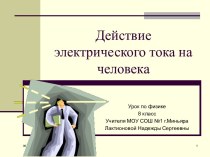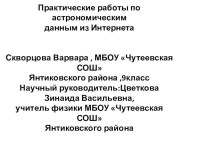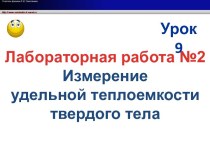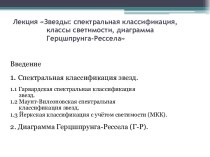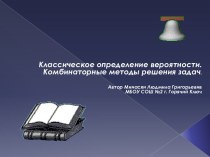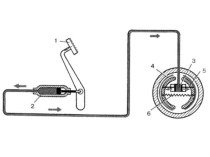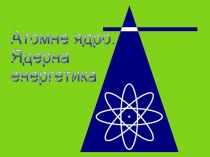of the project consists in an independent expert assessment
of possibility of flooding of NPP sites under the joint exposure of beyond design basis extreme natural phenomena and development of practical recommendations to improve ecological safety of nuclear power engineering.
The project is performed according to recommendations of IAEA and the European union of regulators of nuclear and radiation safety (WENRA).
Main objectives of the project are:
a) To collect, to analyse and to systematize geophysical and constructional and technical data to model possible flooding of an NPP site under the joint exposure of beyond design basis extreme natural phenomena (the pilot NPP as an example),
b) To develop a methodology for hydrodynamic modelling of flooding of an NPP site under the joint exposure of beyond design basis extreme natural phenomena and "hard" external conditions,
c) To verify hydrodynamic model of flooding of an NPP site using information about Fukushima-Daiichi accident in 2011,
d) To analyse results of deterministic modelling of flooding of a pilot NPP site under the joint exposure of beyond design basis extreme natural phenomena,
e) To substantiate practical recommendations about improving of ecological safety of nuclear power engineering under beyond design basis extreme natural phenomena.
Odessa National Polytechnical University
Institute for Safety Problems of Nuclear Power Plants




















